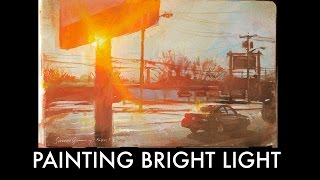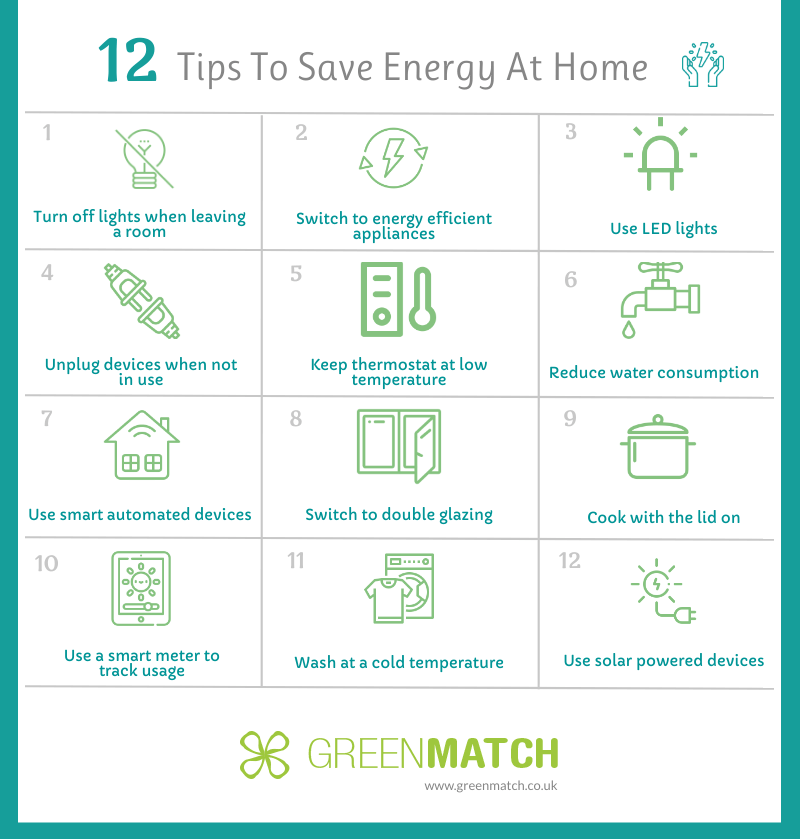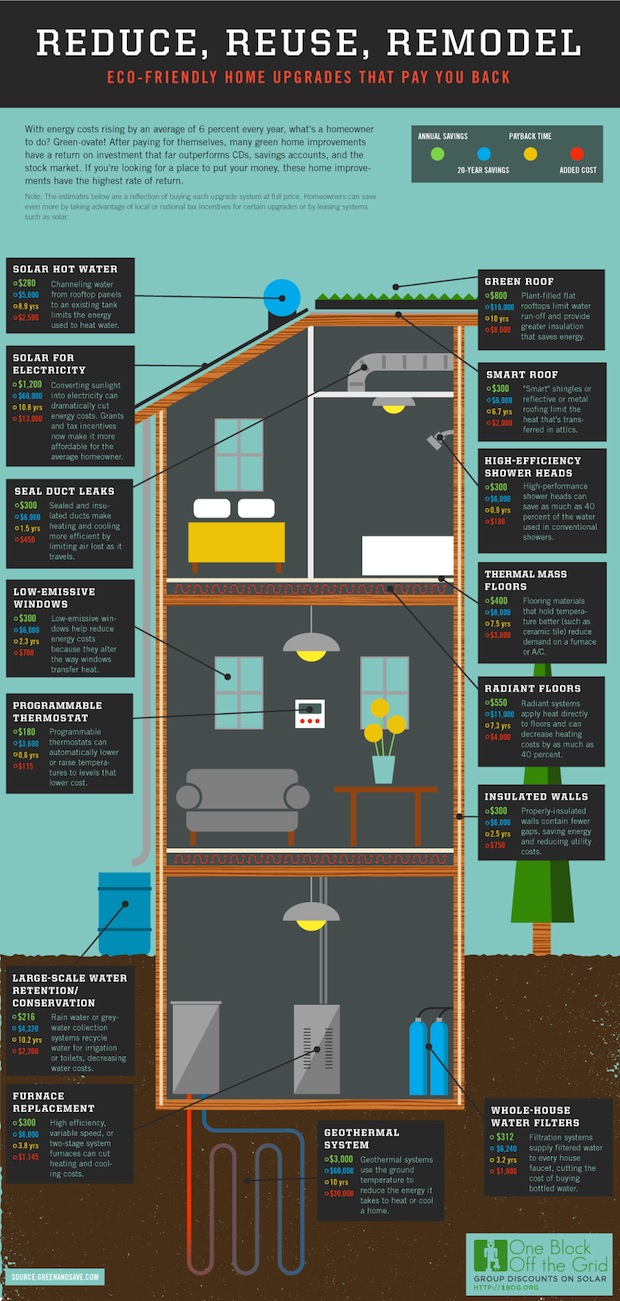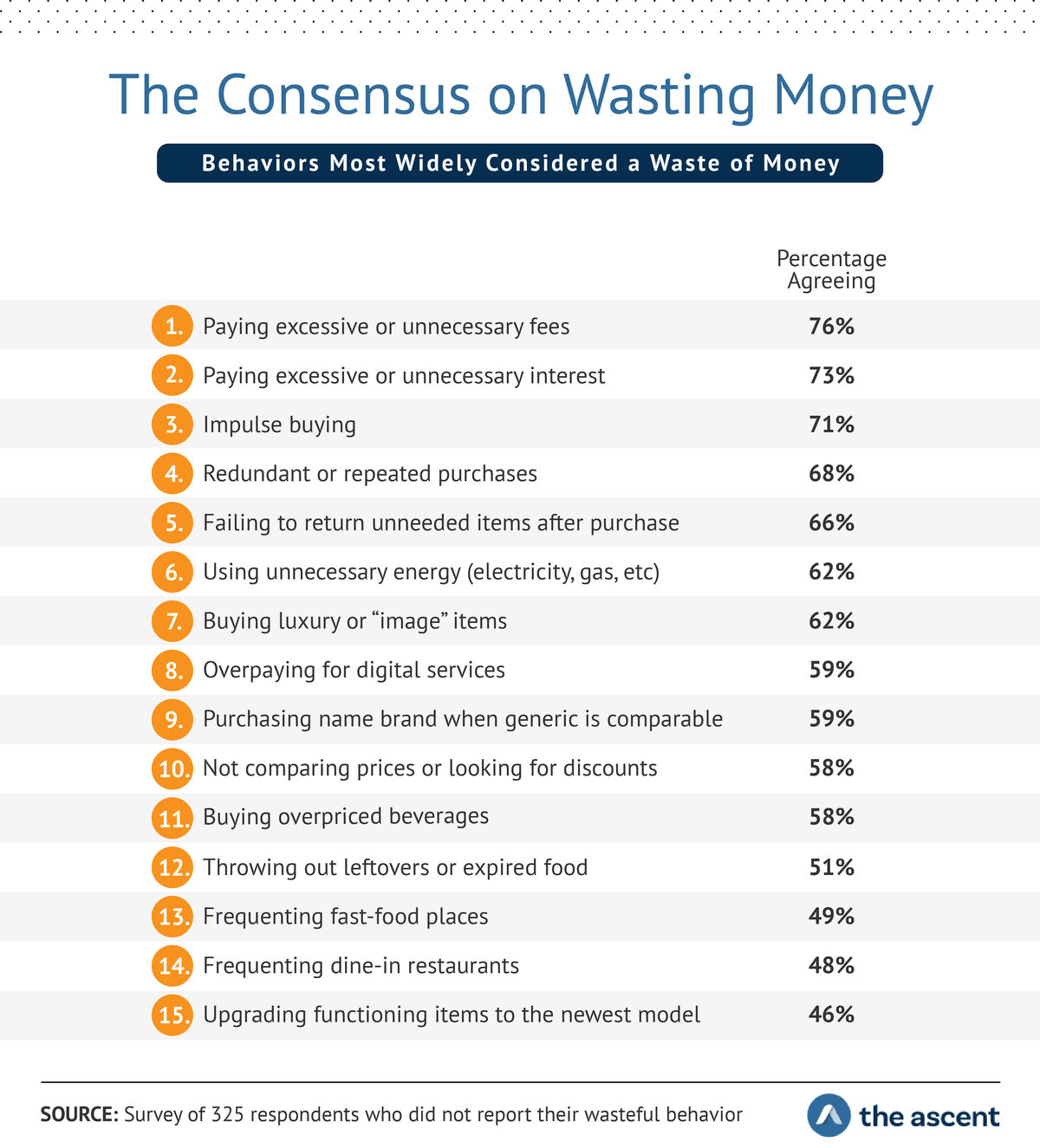We’re about to see, as it were, solar panels that are almost invisible. Dyesol, an Australian solar company, has managed to incorporate solar technology into quick-drying paste. The company calls its product dye-solar cells, and these cells can be applied as an almost paint-thin coating onto the metal cladding of buildings and even onto windows.
The good thing about this paste is that once dried, it doesn’t have any liquid parts or elements, and this makes it very durable indeed. Up until a few years ago, these solid-state dye-solar cells managed to convert just six per cent of the sunlight they absorbed into electricity. Now, thanks to advances in research and development, they are managing 11.3 per cent, and there’s no reason to stop there.
Soon, we’ll have solar panels that look like bright paint, or like thin films. Dye-solar cells can be painted onto steel beams and metal roofs, windows or plastic sheeting. Any building façade that’s exposed to sunlight – however weak – can become a mini power plant.
As if this wasn’t good enough for the environment, these dye-solar cells can be produced from easily-available materials like titanium dioxide, also known as titania, which don’t present the same health risks as the cadmium used in our current solar panels.
How does it work?
In essence, dye-solar cell technology is like an artificial form of photosynthesis. A very thin layer of titania and ruthenium dye is laid on either metal or glass. When light hits the dye, it excites electrons which get absorbed by the titania, forming an electric current. This process works well regardless of the strength of the sunlight, which is a boon for the northern hemisphere.
Walls have earning potential
It’s possible that we might be able to buy steel facades or cladding sheets that are already coated with dye-solar cells, which will represent a huge leap forward in photovoltaic technology. Our buildings will quite literally start working for us by producing electricity. Even our windows will be pressed into service as we should see energy-generating glass becoming more commonplace by the 2020s.
Efficiency drive
Before the solid-state cells, dye-solar cells were vulnerable to leakage, as well as to the penetration of water and oxygen from the air. These problems shortened the life of the cells and made them less efficient when they were working.
Dry, solid-state cells don’t face these problems, and they are also much easier to manufacture on a large scale, as there are no liquid components. The important thing is to be able to make these cells on a large enough scale for the prices to stay attractively low.
With their new composition, the pastes or films can be applied to metal, glass or plastic surfaces as either powders or rapid-drying liquids. It’s hoped that these films will last for as long as 20 years. If the cells can manage an efficiency of at least 12 per cent, the output of a building that’s encased in photovoltaic steel cladding could rival a building that’s wired up to the conventional grid.





